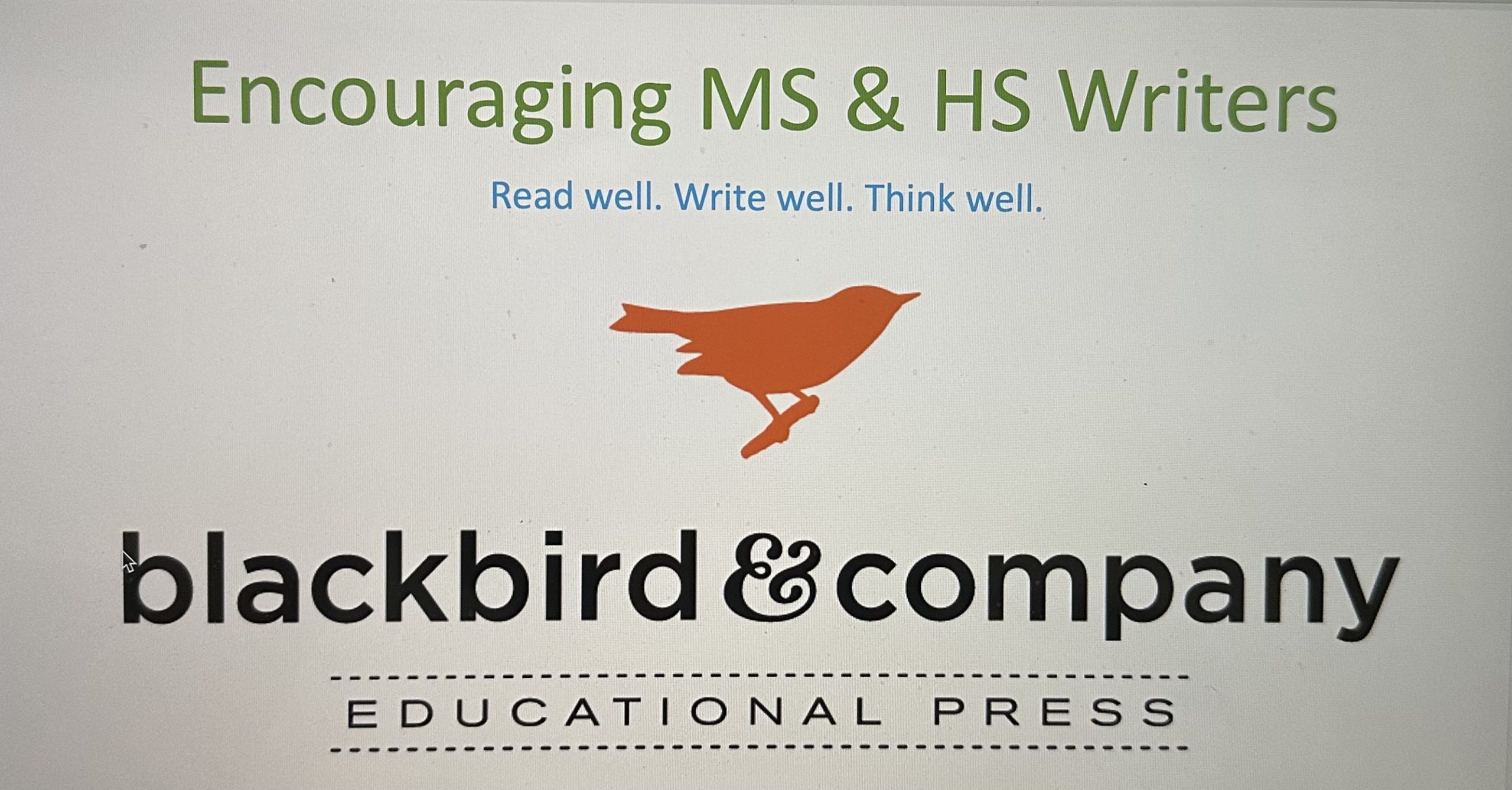It’s October.
Fall is here and we are, most of us, 6 to 8 weeks into the 2023/24 school year.
What now?
First, please CONGRATULATE yourself for completing the first cycle of CORE Integrated Reading & Writing units, and likely introducing APPLICATION materials such as Calendar of Days, Operation Lexicon, One True Sentence, or Tools of Style. Be encouraged! Take heart!
“A power of Butterfly must be –
The Aptitude to fly
Meadows of Majesty concedes
And easy Sweeps of Sky —”
~Emily Dickinson
This butterfly, a California Buckeye, was spotted this week when I took a moment to enjoy a lovely fall day in the garden. And I thought of Emily Dickinson’s amazing observation of the butterfly’s aptitude to fly.
And this got me to thinking of education and childhood.
A power of Childhood must be –
The Aptitude to fly—
It’s October.
Your students are stretching their wings.
You are likely getting ready to add Earlybird Introduction to Animals or your first Research People of the year or one of the Research Science units on top of the second CORE unit. And you might be a bit overwhelmed. You are not alone!
Sometimes, after the delightful anticipation and early days of back-to-school fades, fatigue sets in.
You may be experiencing that oh-so-familiar desire to countdown to the holidays!
We say: Not yet!!!
Don’t give up!
Take a moment in the garden. Enjoy the sights of fall.
Now is the time to take a breath and join hands with the teacher built in to your materials!
Let October-Focus-on-ELA-fest begin!!!
Here’s how:
1. Look back on your student’s first completed CORE unit. Make note of the small steps of progress.
3. Read (again) through the “How to Use this Guide” in the front of the student workbooks.
Primary (Kindergarten, 1st, and 2nd grade)
At the primary level, foundational skills are introduced and reviewed, and put into practice. This is where students learn to delight in the joy of stories and the taming of ideas begins. Watch the
Professional development for parents and teachers from August session for inspiration this October.
Elementary (3rd, 4th, and 5th grade)
Elementary readers and writers are becoming confident with grammar, mechanics, and form—sentences and paragraphs—and style! Writing at this level involves learning to craft an amazing Hook and working through the process of crafting an idea the happy way. Watch the
Professional development for parents and teachers from our August session for inspiration this October.
Middle School (6th, 7th, and 8th grade)
and
High School (9th, 10th, 11th, and 12th grade)
The goal is for middle and high school writers to transfer their creativity and courageous ability to write an idea to more advanced forms—poems, literary, descriptive, and persuasive essays, and longer research. Watch the
Professional development for parents and teachers from our August session for inspiration this October.
During the months of October, watch for weekly festive posts to boost you on toward November!
Your students will take flight!
~Kimberly











